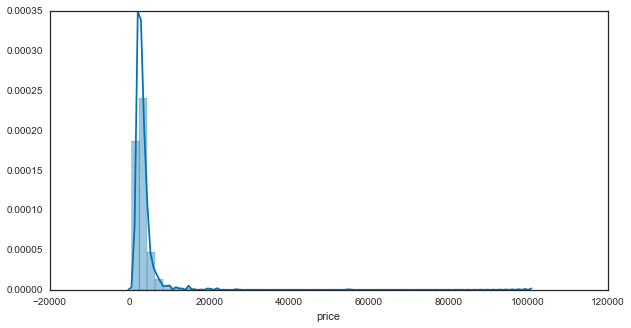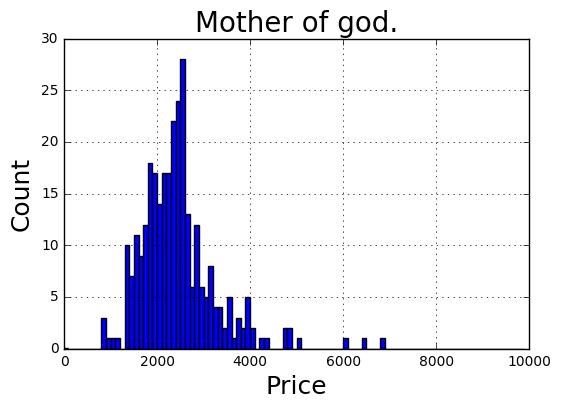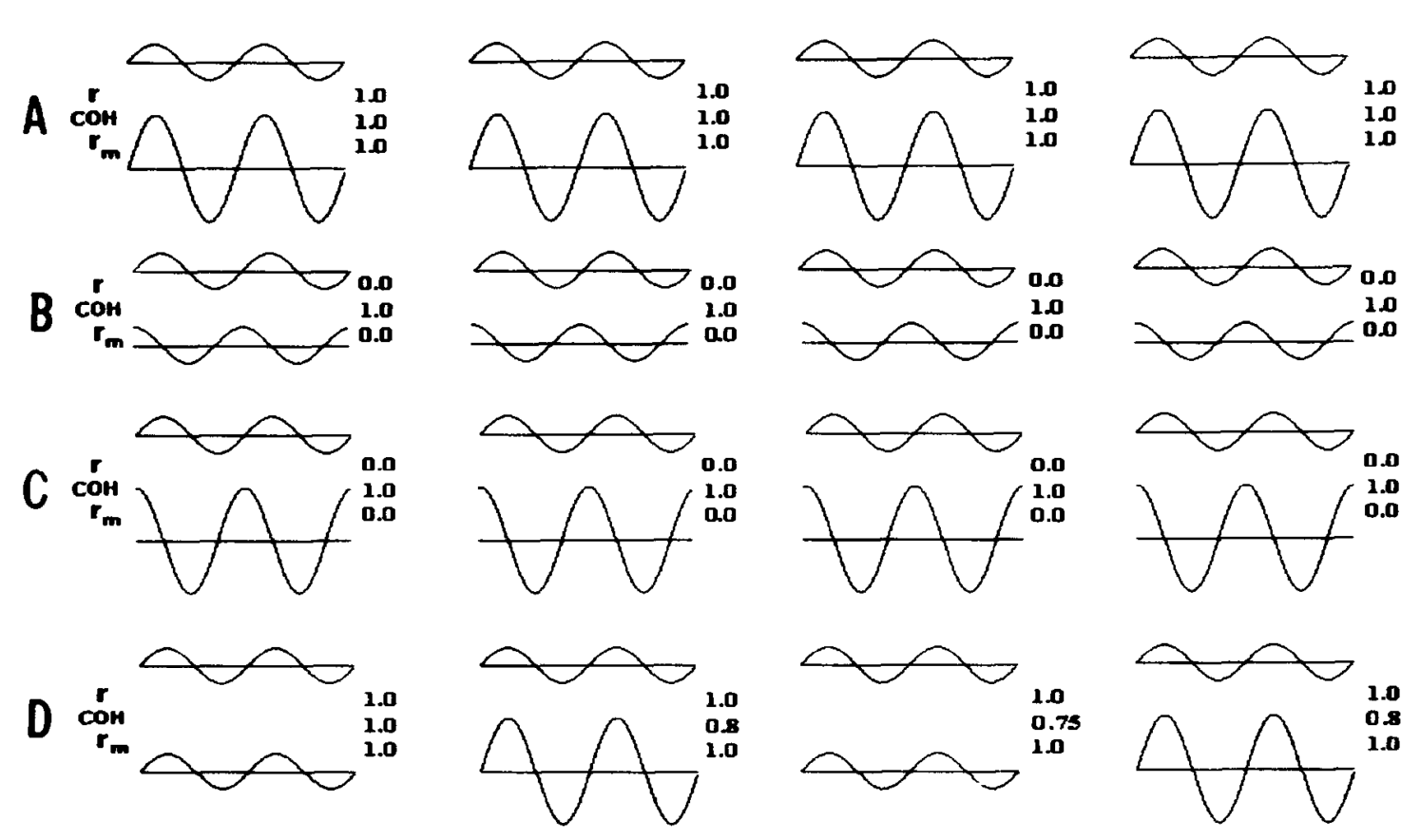Posted in 2015
NIH grant analysis
- 29 October 2015
As I’m entering the final years of graduate school, I’ve been applying for a few typical “pre-doc” fellowships. One of these is the NRSA, which is notorious for requiring you to wade through forests of beaurocratic documents (seriously, their “guidelines” for writing an NRSA are over 100 pages!). Doing so ends up taking a LOT of time.
This got me wondering what kind of success rates these grants have in the first place. For those who haven’t gone through the process before, it’s a bit opaque:

Craigslist data analysis
- 27 September 2015
In the last post I showed how to use a simple python bot to scrape data from Criagslist. This is a quick follow-up to take a peek at the data.
Note - data that you scrape from Craigslist is pretty limited. They tend to clear out old posts, and you can only scrape from recent posts anyway to avoid them blocking you.

Scraping craigslist
- 30 August 2015
In this notebook, I’ll show you how to make a simple query on Craigslist using some nifty python modules. You can take advantage of all the structure data that exists on webpages to collect interesting datasets.
First we need to figure out how to submit a query to Craigslist. As with many websites, one way you can do this is simply by constructing the proper URL and sending it to Craigslist. Here’s a sample URL that is returned after manually typing in a search to Craigslist:

Coherence correlation
- 27 May 2015
Note - you can find the nbviewer of this post here
A big question that I’ve always wrestled with is the difference between correlation and coherence. Intuitively, I think of these two things as very similar to one another. Correlation is a way to determine the extent to which two variables covary (normalized to be between -1 and 1). Coherence is similar, but instead assesses “similarity” by looking at the similarity for two variables in frequency space, rather than time space.
